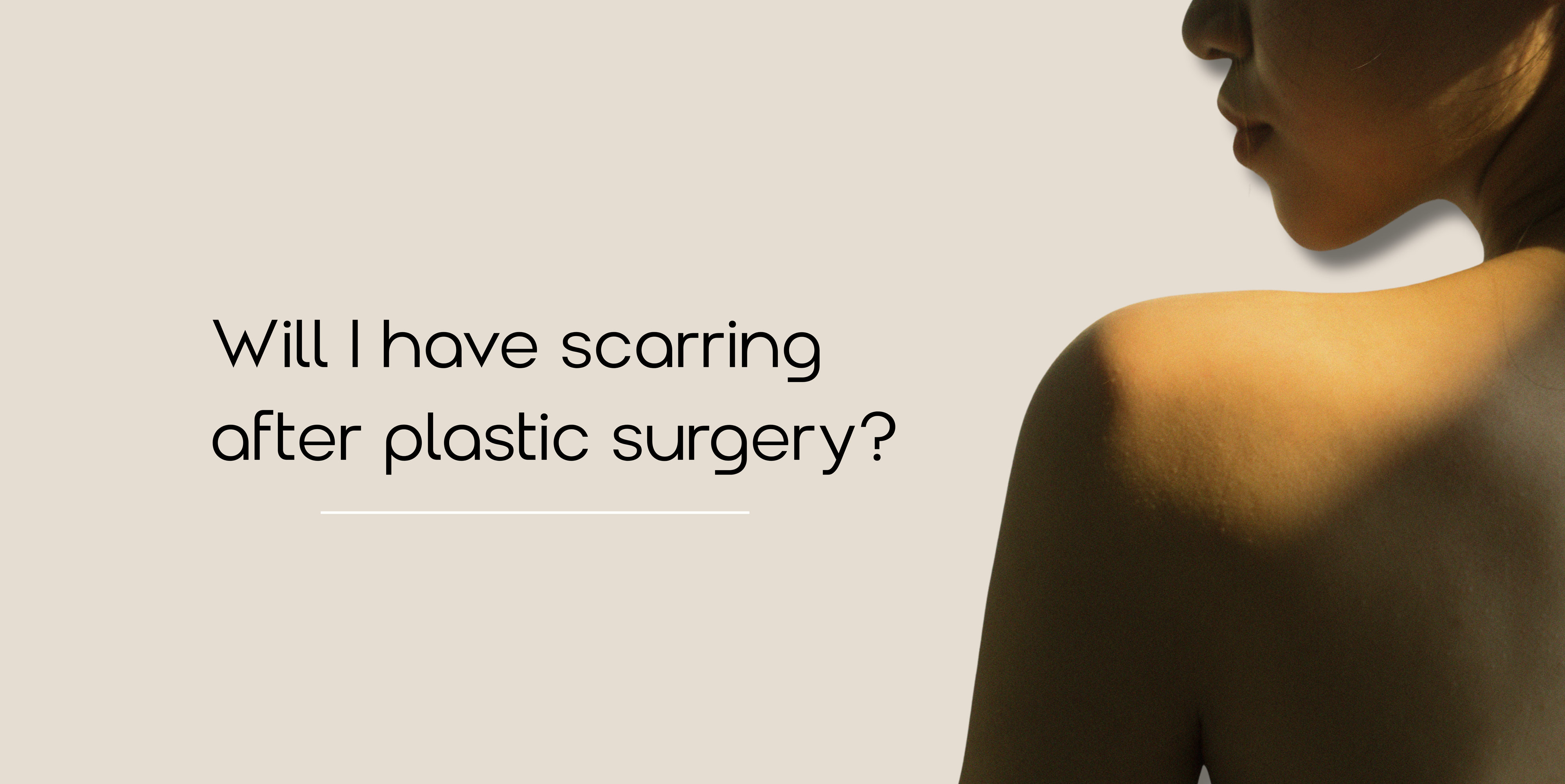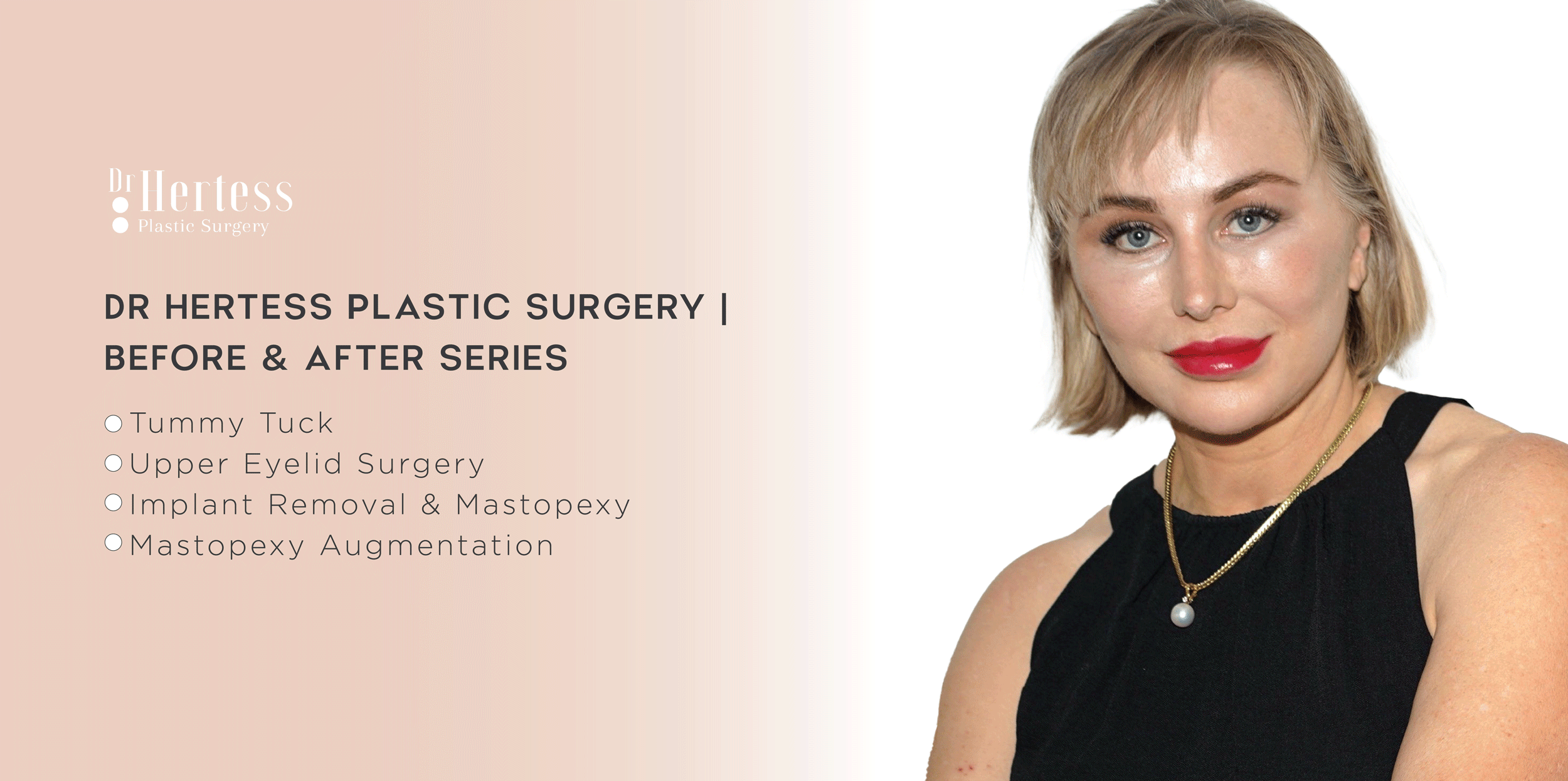Blepharoplasty Recovery and Scars
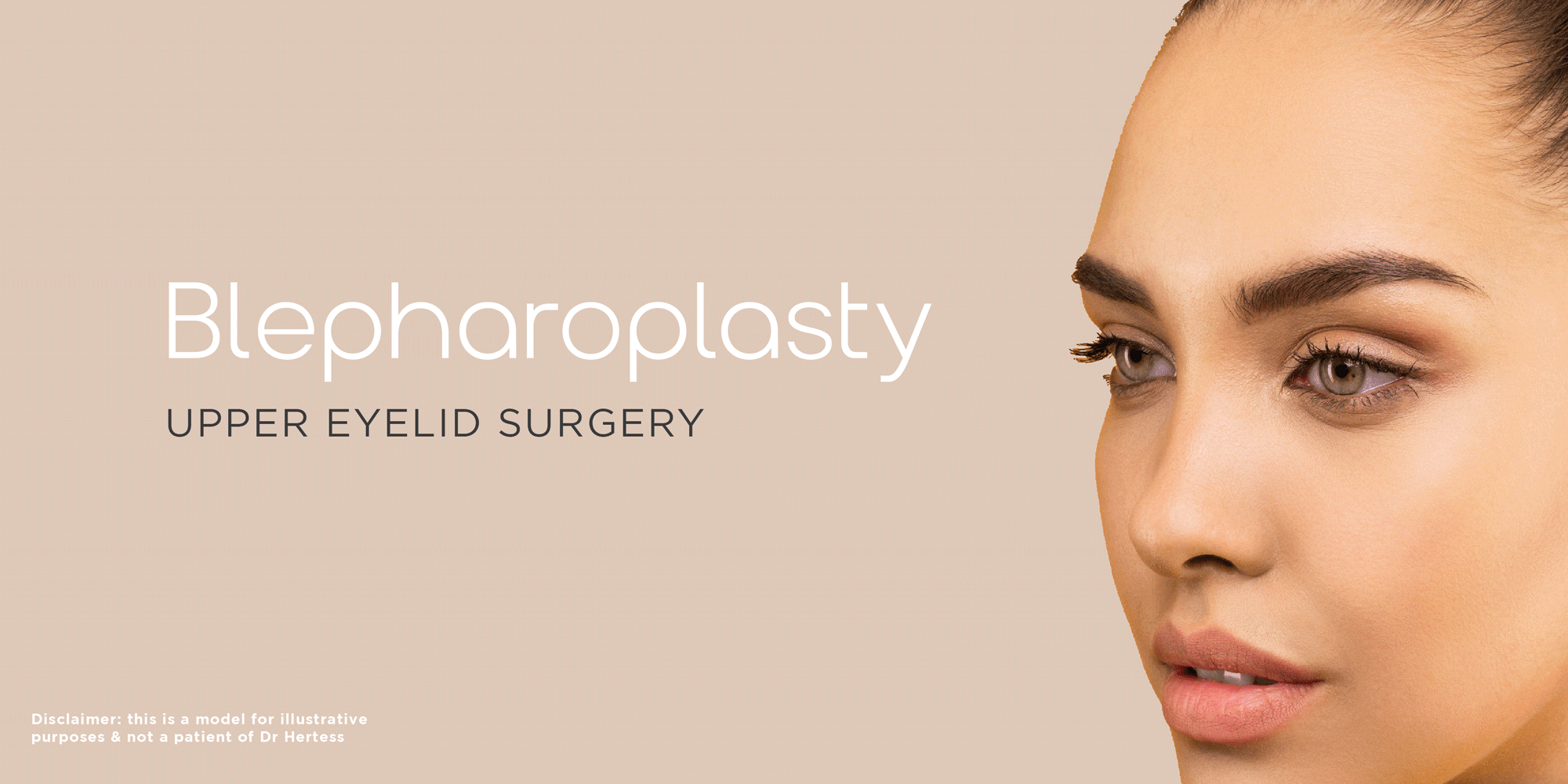
Blepharoplasty Recovery and Scars
Blepharoplasty recovery and scars is an important thing to consider when undergoing upper eye lid surgery. It can take 2-4 weeks for substantial healing to take place, and up to 12 months for the incisions to be almost completely faded. Thankfully incision placement can drastically reduce the visibility of scarring after this procedure.
Depending on your job and how comfortable you are, you may feel ready to go out in public again or return to work within 2 weeks. Speaking in detail to Dr Hertess can give you clarity on the procedure and what is a relatively normal blepharoplasty recovery time.
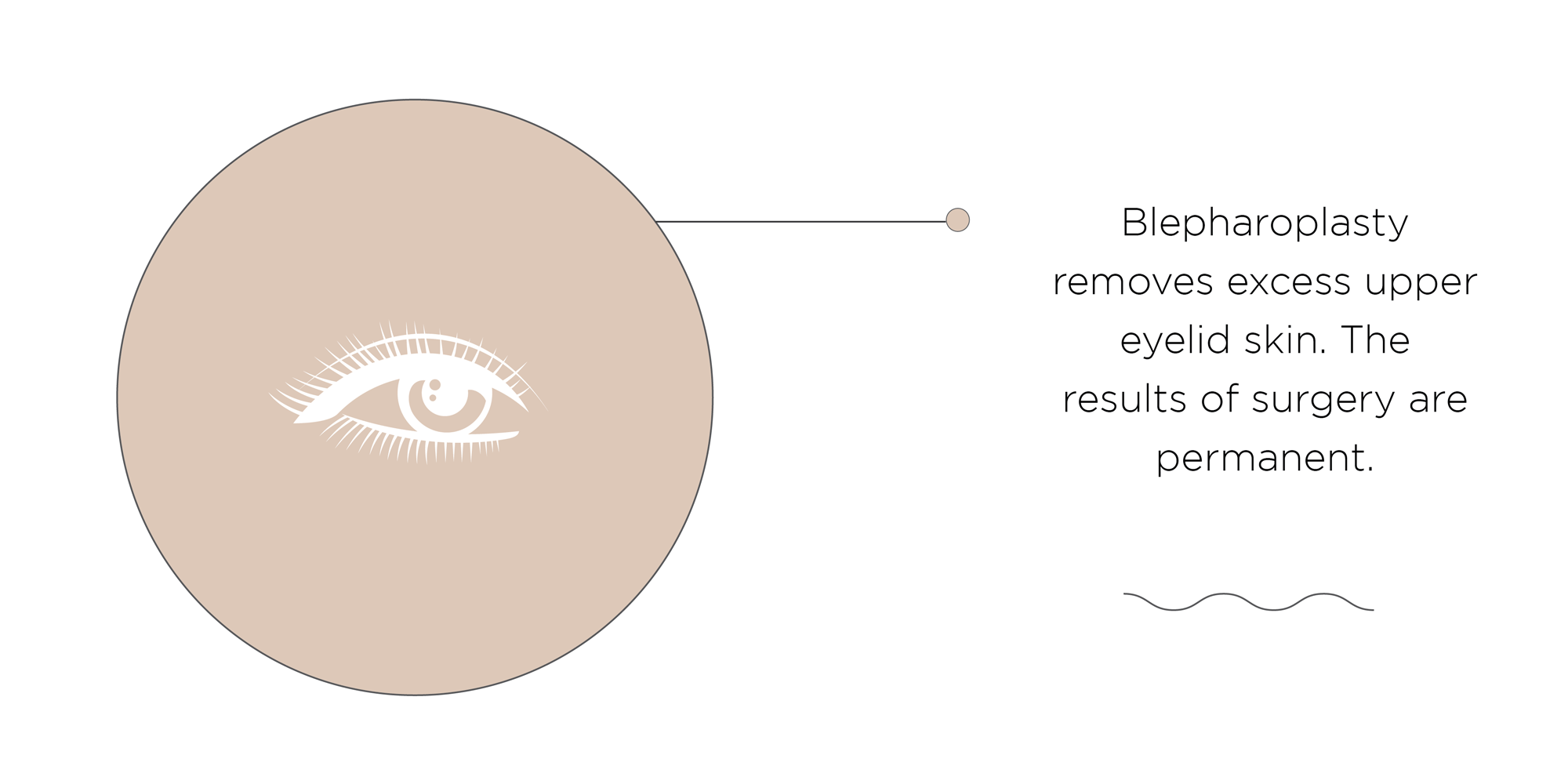
What is blepharoplasty?
Blepharoplasty is the removal of excess skin, fat and muscle from the upper eyelid to refresh someone’s appearance. Sagging and drooping around the eyelids can also become uncomfortable and effect a person’s peripheral vision.
This type of surgery can help to correct the appearance of the eye area and improve a patient’s quality of life with improved vision and comfort around the eyes.
If the eyelid droop effects your visual field, you may be eligible for a rebate from medicare for this surgery. You will need a report from an optometrist to access this rebate.
Following upper eyelid surgery, you will experience redness, swelling and bruising in the area. The stitches will also be visible immediately after. It's worth noting that every patient is different and their body will respond differently.
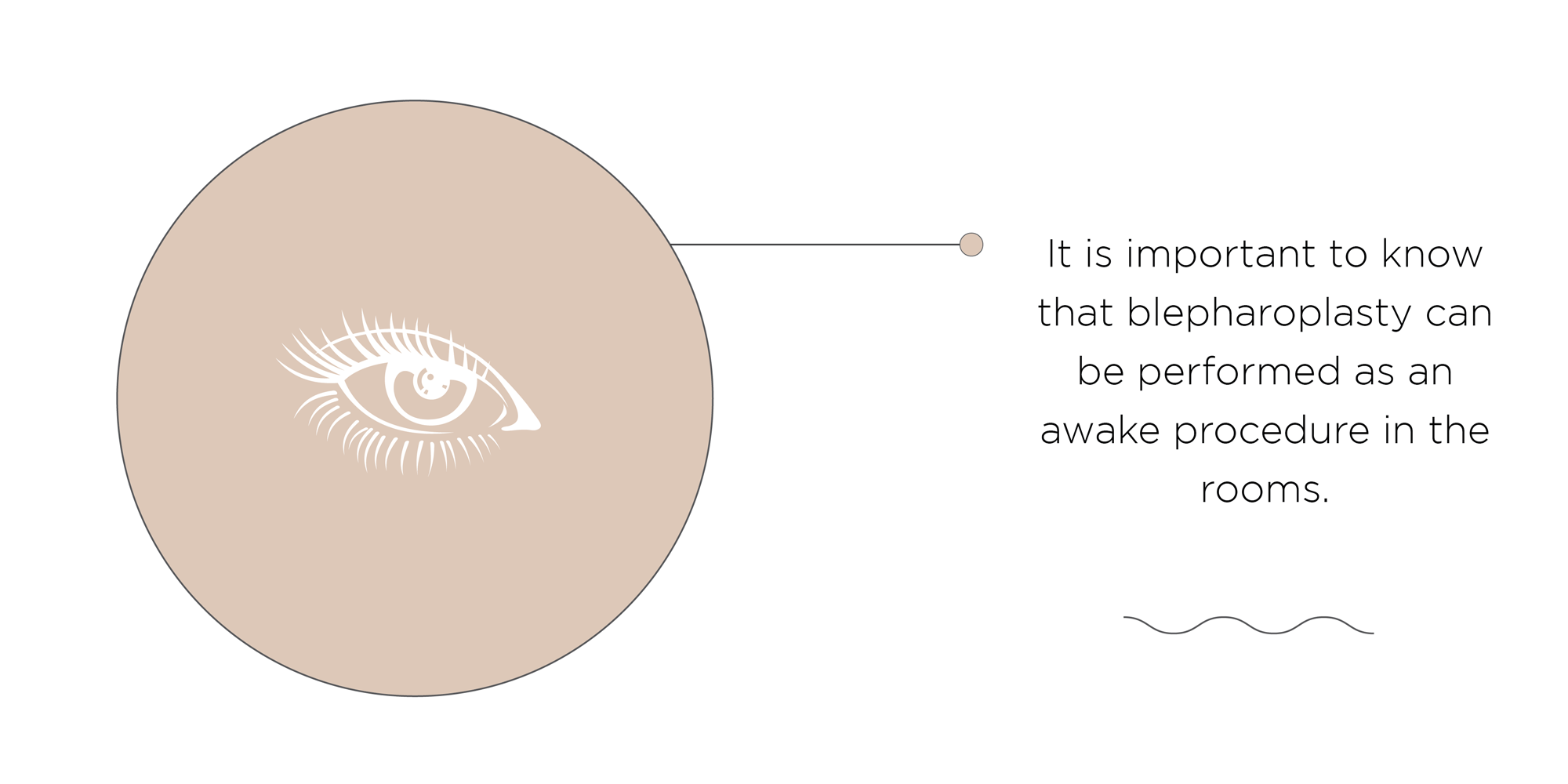
What factors effect upper eyelid surgery scarring and recovery time?
Your skin quality and genetics:
Skin quality
A lack of collagen and elastin production as we age can have effects on eyelid surgery recovery. A reduction in collagen will predispose our skin to wound healing impairments, this is normal.
As we get older our skin also gets thinner, this can compromise the healing of upper eyelid surgery and increase the likelihood of more obvious scarring. This can be partially avoided by using quality skincare prior to and after surgery, to improve the condition of the skin.
Genetics
A genetically predisposition to scarring means that a patient’s scarring can be thicker and more visible. Increased pigment of the scars will effect their colouration relative to the surrounding skin.
The genetic influence on scars is unavoidable and should be taken into consideration for upper eyelid surgery recovery.
Some post operative treatments can help to treat more major scarring, such as laser skin resurfacing. This can be discussed with Dr Hertess upon consultation.
Nutrition and lifestyle:
Nutrition
A good diet to help maintain the integrity of the skin can play a major role in its’ ability to heal faster. Keeping hydrated, eating healthy foods, and including vitamins and minerals into your daily routine will help with upper eyelid surgery scarring and recovery time.
Lifestyle
Avoiding smoking and excess alcohol consumption prior to and after your procedure is crucial to a smooth recovery journey following blepharoplasty. Continuing these habits can increase the risk of complications and jeopardise your results.
If your hobbies and fitness routines involve rough activities you may want to reconsider this for the first few months. Keeping the area protected in the initial stages of healing is paramount to a successful upper eyelid surgery recovery.
Dr Hertess will go through your medical history and lifestyle to ensure you are suitable for the procedure. Often you will need to have a medical examination (which can entail visual field testing and eyelid photography).
After surgery care:
Following surgery it is important to follow Dr Hertess’s instructions on how to take care of your wound so that it heals properly. This ensures comfort for you and reduces the risk of infection or complications.
You will need to attend follow up appointments to remove stitches and to have the wound inspected by Dr Hertess.
Post-operative care instructions can include:
- Keeping the wound clean and dry
- Getting adequate rest and avoiding strenuous activities
- The use of cold compresses and eyedrops
- Taking enough time off work
- Maintaining a healthy diet to boost your immune system
- The use of sunscreen to protect the area
- Attending all follow up appointments with Dr Hertess
Your surgeon’s technique:
A common way to perform blepharoplasty is via an incision made at the natural fold of the upper eye lid, this means that the scarring is then hidden by the remaining natural fold, leaving a more seamless finish.
The incision removes the excess skin and fat, and is then closed using dissolvable sutures or sutures that are removed by your surgeon a few days later. This technique assists in blepharoplasty recovery time and ensures that scarring is minimal and hidden.
The below temporary side effects can occur following blepharoplasty surgery:
- Bleeding, dryness and irritation
- Difficulty closing the eyes
- Skin discolouration
- Sensitivity to light and wind
These symptoms usually subside, but it’s important to speak with Dr Hertess if they persist.
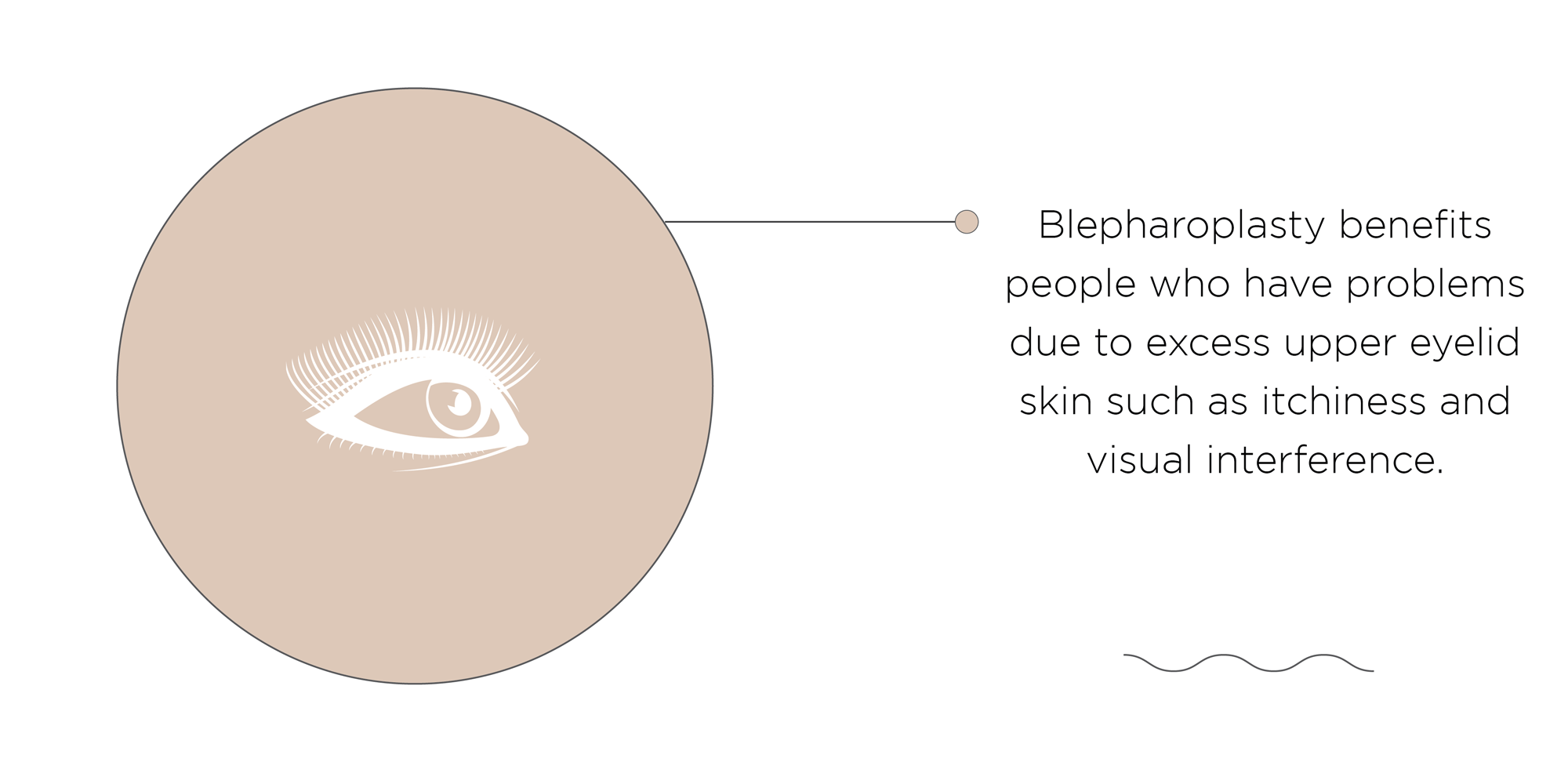
If you are wanting to enquire about this procedure and blepharoplasty recovery and scars it is best to book a consultation with Dr Hertess to discuss your options.
Book a consultation here to find out more.


